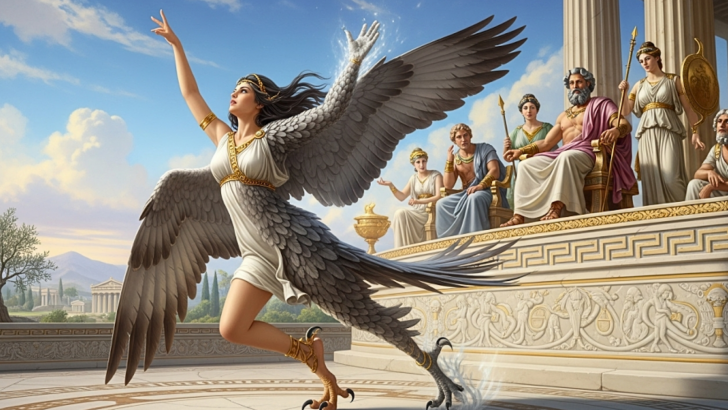Greek mythology is full of transformations where mortals and even gods were turned into animals. These stories were not just magical but often served as lessons about pride, punishment, or divine whim.
Some were cruel, some were protective, and others were simply strange. Each transformation carried a deeper meaning, reflecting the unpredictable relationship between humans and the gods.
These tales remind us that identity can shift in surprising ways when divine power steps in.
Here are ten of the weirdest transformations in Greek myths, where humans became animals in ways that shocked, punished, or forever changed them.
1. Zeus Turning Io into a Cow
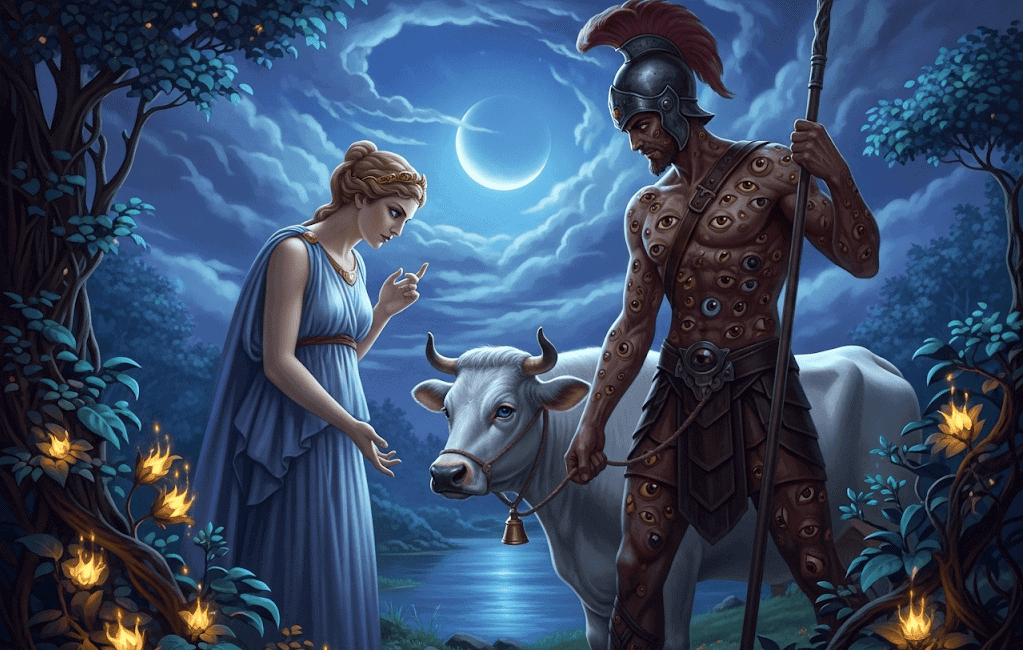
Io was a beautiful priestess of Hera, but Zeus could not resist her. To hide their affair, he transformed her into a cow.
Instead of protecting her, the disguise made her life miserable. Hera demanded the cow as a gift and set Argus, a giant with one hundred eyes, to guard her.
Io’s suffering did not end there because a gadfly sent by Hera tormented her across lands until she finally reached Egypt.
Although she was eventually restored, her transformation into a cow symbolizes how divine jealousy and human desires can create chaos.
2. Actaeon Becoming a Stag
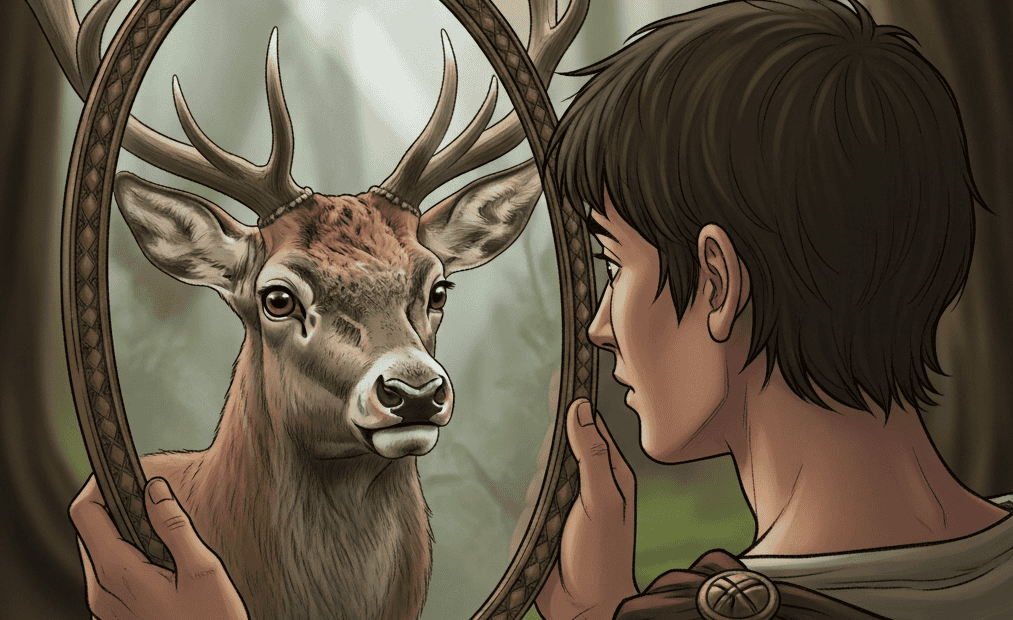
Actaeon accidentally witnessed Artemis bathing, which was considered an unforgivable insult to the goddess of the hunt.
Furious, she transformed him into a stag. The punishment was cruelly ironic because he was a skilled hunter himself.
In his new form, he became prey to his own dogs, who tore him apart without recognizing their master. The transformation was not just physical but deeply symbolic, showing how quickly one’s fortunes could reverse.
Actaeon’s fate demonstrates the dangers of violating divine boundaries, as well as the unpredictability of myth where even innocent mistakes led to bizarre and brutal consequences.
3. Lycaon Changed into a Wolf

King Lycaon tested Zeus by serving him a meal made from human flesh. This act of arrogance and cruelty disgusted the king of the gods.
In response, Zeus struck him down and transformed him into a wolf. The punishment fit the crime, turning Lycaon into the very symbol of savagery.
His transformation also gave birth to the idea of the werewolf in later folklore. The myth served as a warning against hubris and barbarity, showing how crossing divine moral lines led to monstrous outcomes.
Lycaon’s fate remains one of the most chilling and animalistic punishments in all mythology.
4. Philomela Turned into a Nightingale
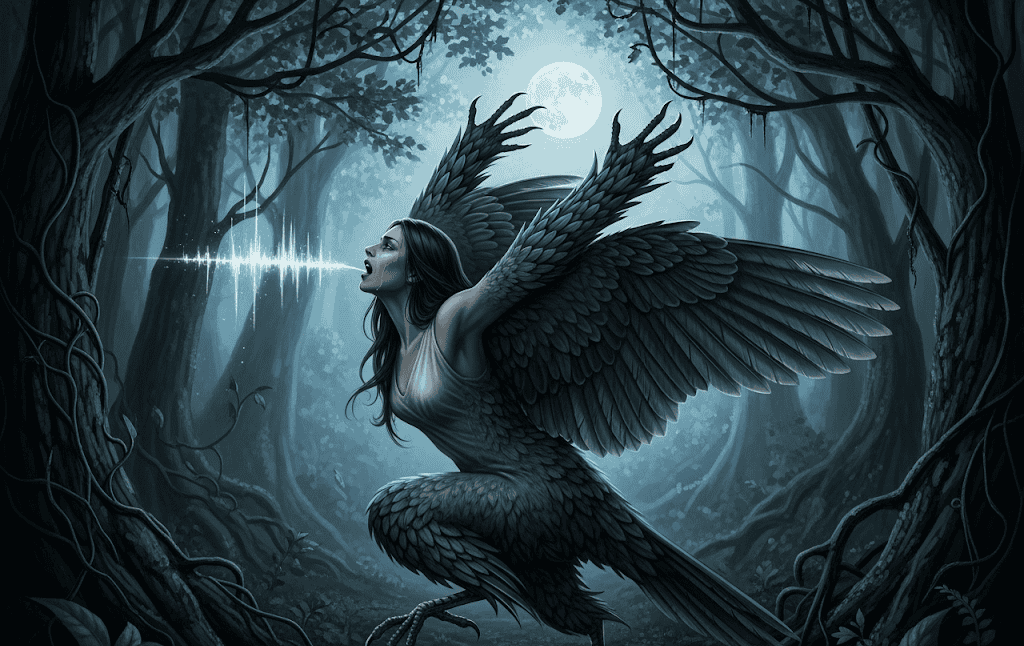
Philomela suffered horrific abuse at the hands of her brother-in-law, who cut out her tongue to silence her. She found a way to communicate her story by weaving it into a tapestry, which her sister recognized.
When the gods saw her suffering, they transformed her into a nightingale. The bird’s song became her voice, allowing her to sing her sorrow eternally.
While tragic, this transformation gave her a form of freedom and expression. The myth reminds us that even when silenced, creativity and truth can find a way to speak, though sometimes in the strangest of forms.
5. Daphne Becoming a Laurel Tree

Daphne was a nymph pursued by Apollo, who was struck with overwhelming desire after being hit by one of Cupid’s arrows.
Fleeing his advances, she prayed to her father, a river god, for help. He transformed her into a laurel tree just as Apollo caught her.
The tree became sacred to him, and he wore laurel wreaths as a symbol of victory and eternal love. This transformation is one of the most famous in mythology because it reflects both protection and loss.
Daphne escaped, but at the cost of her human form, turning love into longing carved in nature.
6. Arachne Turned into a Spider
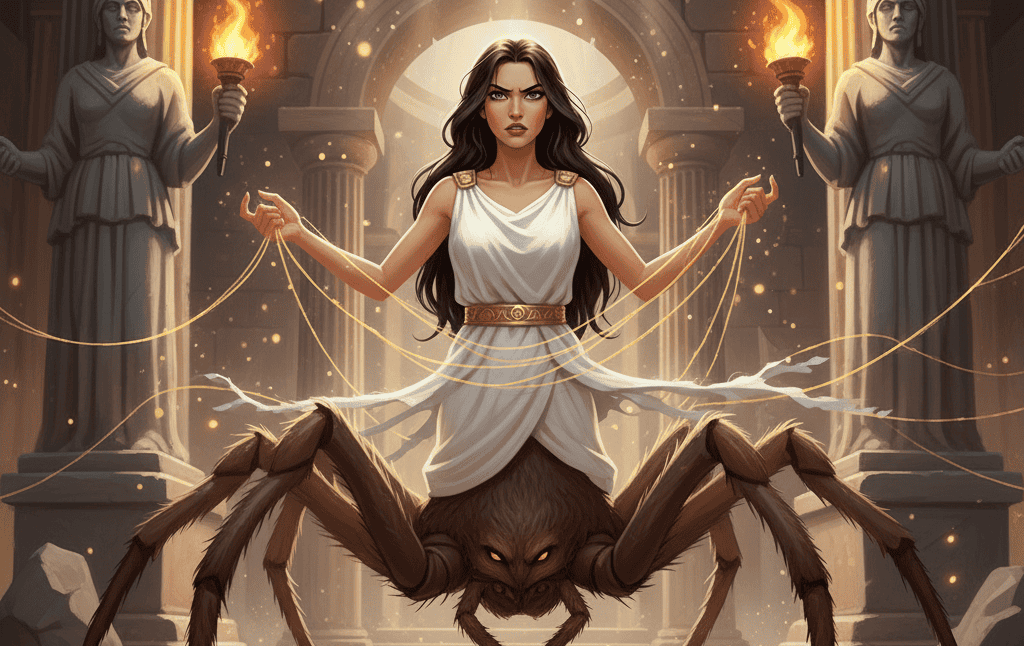
Arachne was a talented mortal weaver who dared to challenge Athena, goddess of wisdom and crafts. Her tapestries were flawless, but her pride and defiance angered the goddess.
In response, Athena transformed her into a spider. This strange transformation forced her to weave for eternity, spinning webs instead of cloth.
The myth warns against arrogance and shows how gifts can become burdens when pride goes unchecked.
While Arachne’s skill survived in her new form, the punishment made her an eternal reminder of human audacity. Her story still echoes whenever we notice the patient, intricate webs of spiders today.
7. The Pierides Turned into Magpies
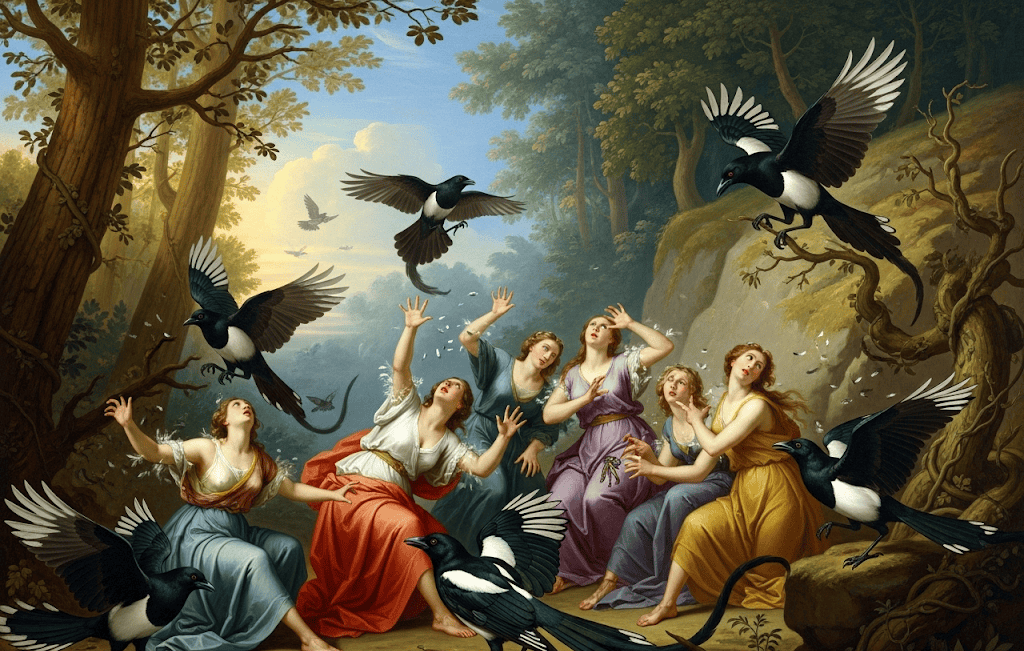
The nine Pierides sisters challenged the Muses to a singing contest, claiming they were superior. Their arrogance did not end well.
After losing, they were transformed into magpies, noisy birds that chatter endlessly. This transformation mocked their boastfulness.
The story shows that disrespecting divine inspiration leads to ridicule instead of glory. Their fate was unusual because it turned prideful mortals into common birds, making them symbols of empty chatter instead of creative brilliance.
Their myth still resonates as a reminder of the dangers of overestimating one’s talent.
8. Callisto Changed into a Bear
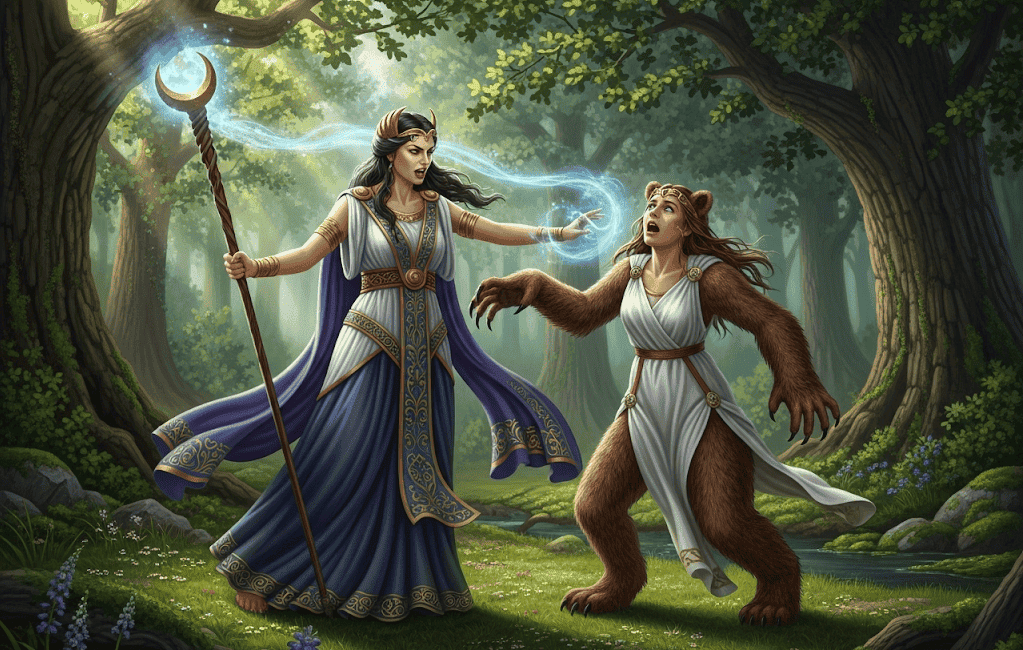
Callisto was a companion of Artemis who caught the unwanted attention of Zeus. When Hera discovered the affair, she transformed Callisto into a bear out of jealousy and rage.
Years later, her own son nearly killed her while hunting, not knowing she was his mother. To prevent tragedy, Zeus placed both of them in the sky as constellations: Ursa Major and Ursa Minor.
This strange transformation reflects how divine drama spilled into the lives of mortals. Callisto’s fate was both cruel and protective, making her a permanent part of the heavens and a symbol of complicated divine justice.
9. Cadmus and Harmonia as Serpents
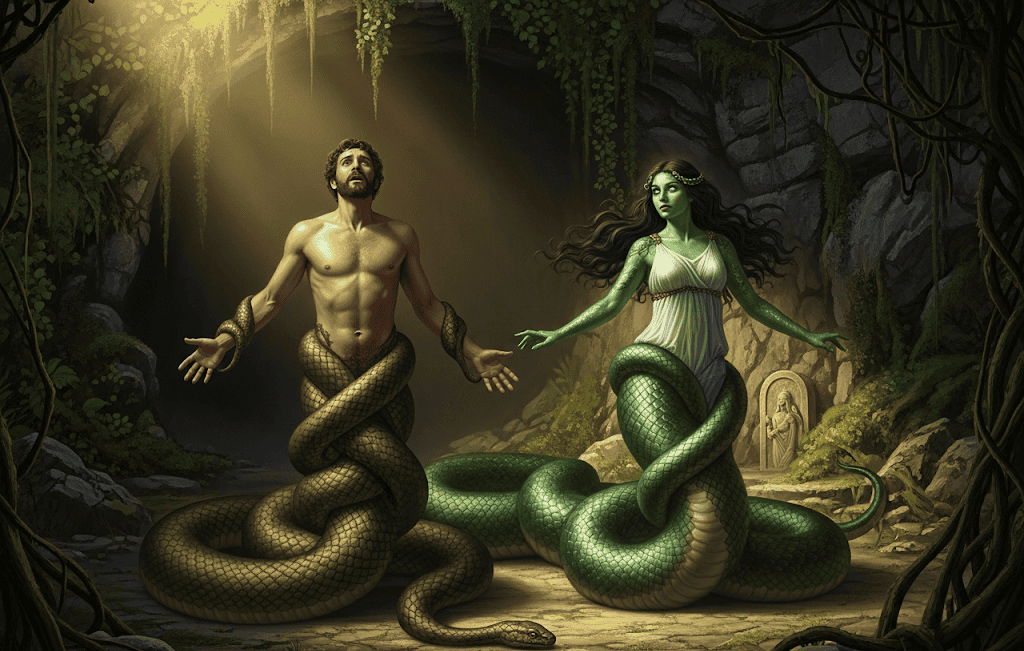
Cadmus, founder of Thebes, and his wife Harmonia lived through many trials caused by divine interference. In their old age, they prayed for peace.
The gods answered by transforming them into serpents. Although strange, this was not a punishment but a symbolic rebirth, allowing them to shed human burdens.
They lived on in serpent form, representing renewal and transformation. Unlike most myths where animal change meant suffering, this story suggests that becoming an animal could bring freedom.
Their transformation shows that mythology held room for gentle and mysterious endings alongside harsh punishments.
10. Procne as a Swallow
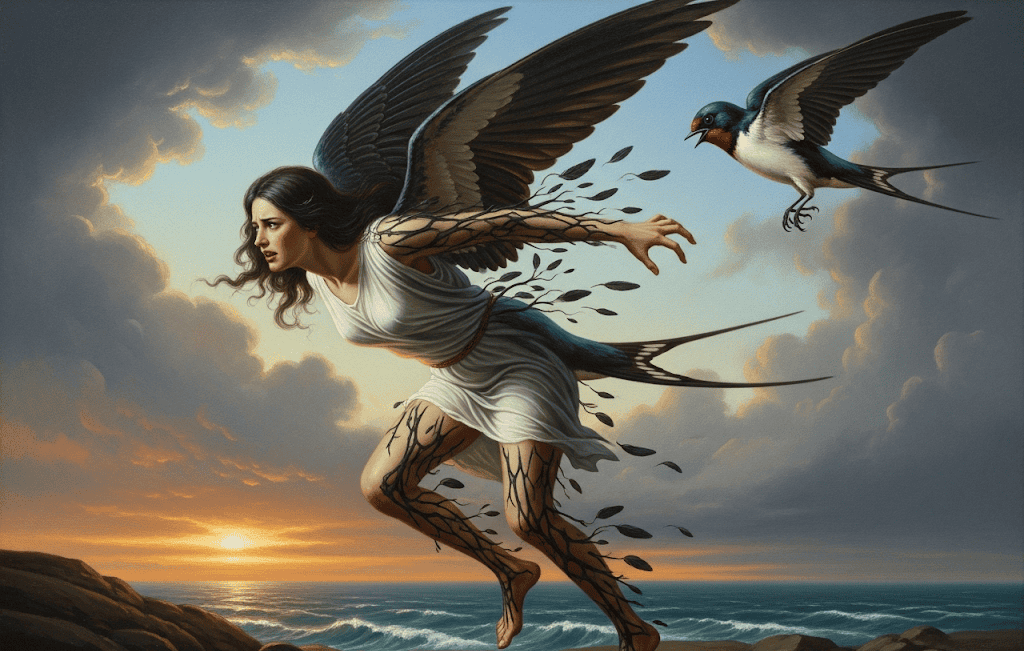
Procne, sister of Philomela, took part in avenging the horrific crimes committed against her sibling. In the chaos of revenge, she too was transformed, this time into a swallow.
The bird’s restless flight came to symbolize her grief and inability to settle. Like her sister’s nightingale form, her transformation turned tragedy into eternal motion.
The swallow’s ceaseless wandering reflected the pain of betrayal and the complexity of family ties.
Though strange and sorrowful, the myth shows how transformation became a way to capture human emotions in nature, leaving reminders of their stories in the creatures around us.

I always felt a strong connection to the Divine since my birth. As an author and mentor, my mission is to help others find love, happiness, and inner strength in the darkest of times.

